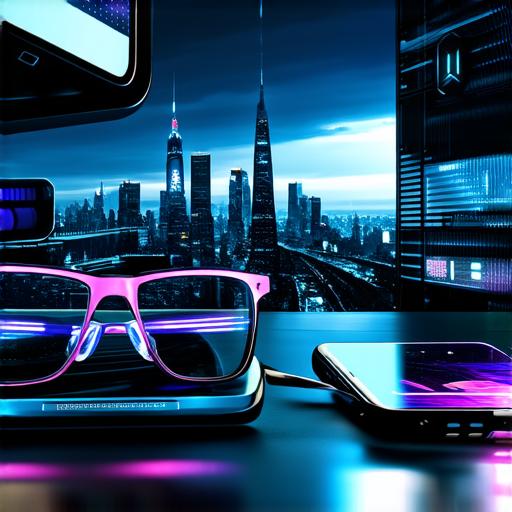Augmented reality (AR) refers to a technology that enhances or “augments” the user’s real-world environment with digital elements such as images, videos, and sounds. AR technology allows users to interact with virtual objects in a way that feels natural and intuitive.
Scenario 1: Virtual Product Try-On
One example of using augmented reality is virtual product try-on. This involves using a smartphone or tablet to superimpose a 3D model of a product onto the user’s real-world environment, allowing them to see how the product would look in use before making a purchase. For example, IKEA offers an AR app that lets users see how furniture pieces would fit into their home before buying.
Scenario 2: Gaming and Entertainment
Another way augmented reality is being used is in gaming and entertainment. AR games allow players to interact with virtual objects in a real-world environment, creating a more immersive experience. For example, the popular mobile game “Pokémon Go” uses AR technology to let players catch virtual creatures in their real-world surroundings.
Scenario 3: Medical Training and Education
Augmented reality is also being used in medical training and education to simulate surgical procedures and other medical scenarios. This allows medical professionals to practice and perfect their skills in a safe and controlled environment. For example, the company SurgicalRealities uses AR technology to create realistic simulations of surgical procedures for medical students.

Scenario 4: Retail Marketing and Advertising
Retailers are also using augmented reality to enhance their marketing and advertising efforts. For example, some clothing retailers use AR technology to let customers see how clothes would look on them before buying. This can increase customer satisfaction and reduce the number of returns.
Conclusion:
Augmented reality is a rapidly growing technology that has a wide range of applications. Whether it’s virtual product try-on, gaming and entertainment, medical training and education, or retail marketing and advertising, AR technology has the potential to revolutionize the way we interact with digital content in our daily lives.
